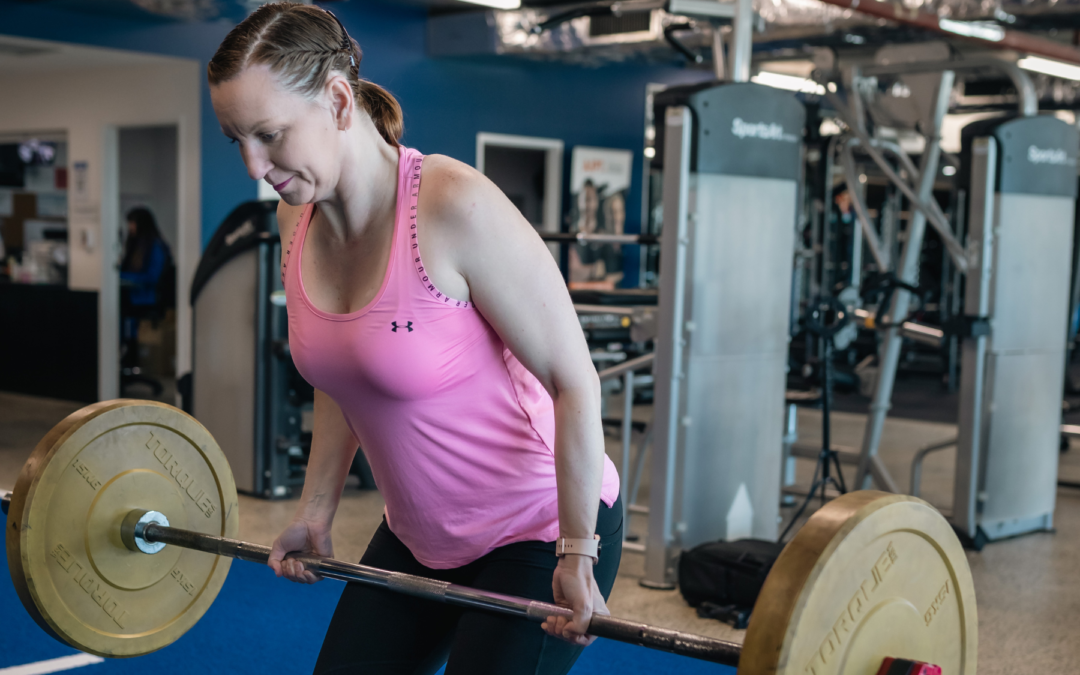The 5 Benefits of Resistance Training
I long held a view that resistance training or weights training would lead to getting big and bulky so I avoided it for a long time, and this seems to be a common held belief. When I am meeting with someone for the first time and I ask about what exercise they are currently doing most people with mention cardio exercises like walking, exercise bike, elliptical or the treadmill. While cardio exercises have their place, avoiding resistance training means you are missing out on the benefits of resistance training, and they go far beyond aesthetics.
Here are the top five benefits of resistance training:
- Increased Muscle Strength and Tone: One of the primary benefits of resistance training is improved muscle strength and tone. Regular resistance training workouts stimulate muscle fibres, leading to increased muscle mass and strength. This not only enhances your physical appearance but also improves your overall functional abilities, making daily tasks easier and reducing the risk of injuries.
- Enhanced Metabolism and Weight Management: Resistance training plays a crucial role in weight management and maintaining a healthy metabolism. Building lean muscle mass through resistance exercises increases your resting metabolic rate, meaning you burn more calories even at rest. This can help with weight loss, weight maintenance, and overall body composition. As muscle is denser than fat, increasing muscle mass can lead to a leaner, more sculpted physique.
- Improved Bone Health: Resistance training is beneficial for bone health, especially as we age. It helps to increase bone density and reduce the risk of osteoporosis and fractures. By subjecting the bones to stress and resistance, resistance training stimulates bone remodelling and growth, promoting stronger and healthier bones. This is particularly important for women, as they are more prone to bone density loss with age.
- Enhanced Joint Function and Injury Prevention: Resistance training strengthens not only the muscles but also the connective tissues, tendons, and ligaments around the joints. This improves joint stability and function, reducing the risk of injuries, such as sprains and strains. It also helps to alleviate joint pain and discomfort associated with conditions like arthritis. By strengthening the muscles around the joints, resistance training provides better support and protection.
- Enhanced Mental Health and Well-being: Engaging in resistance training can have a positive impact on mental health and overall well-being. Exercise, in general, is known to stimulate the release of endorphins, also known as “feel-good” hormones, which can improve mood, reduce stress, anxiety, and symptoms of depression. Additionally, resistance training promotes better sleep, boosts self-confidence, and enhances body image, leading to improved self-esteem and mental well-being.
To experience the benefits of resistance training, it’s important to develop a well-rounded program that targets all major muscle groups. Start with lighter weights or resistance bands and gradually increase the load as your strength improves. Aim for two to three resistance training sessions per week, allowing your muscles time to recover and adapt.
Remember to always use proper form and technique to prevent injuries. If you’re new to resistance training and/or not sure how to get started, consider working with a qualified fitness professional (me) who can guide you and ensure you’re performing exercises correctly.
Looking to get started now. Send me a message through our contact us page to find out more!
Yours in happiness and health
Tamara
Love what you do; Do what you love!
Wayne Dyer

